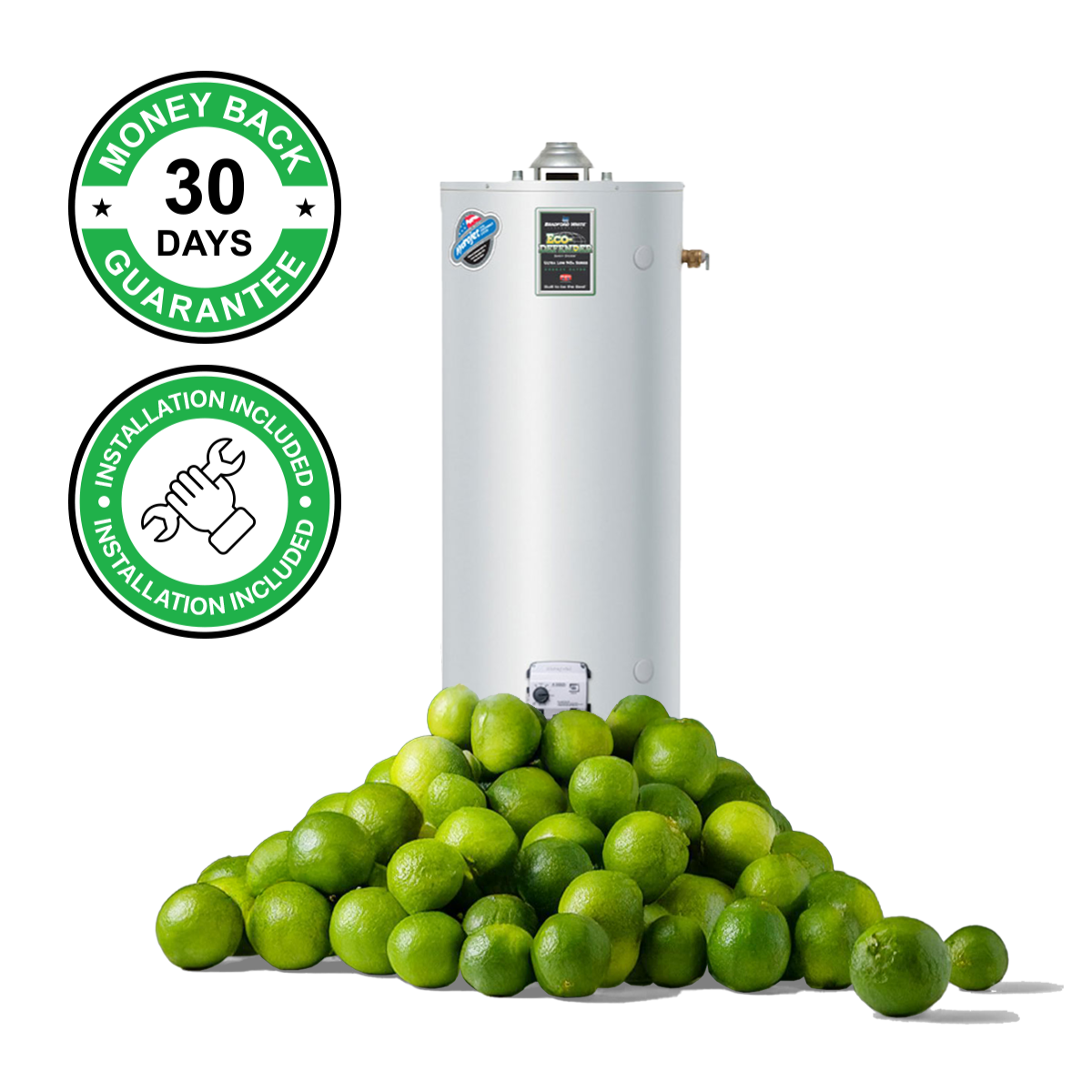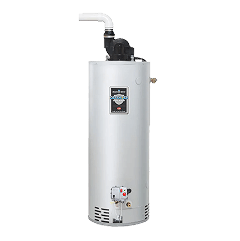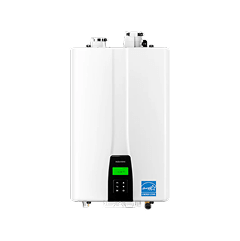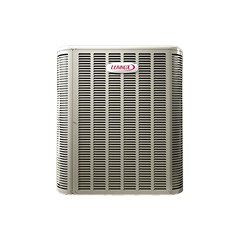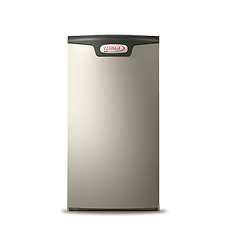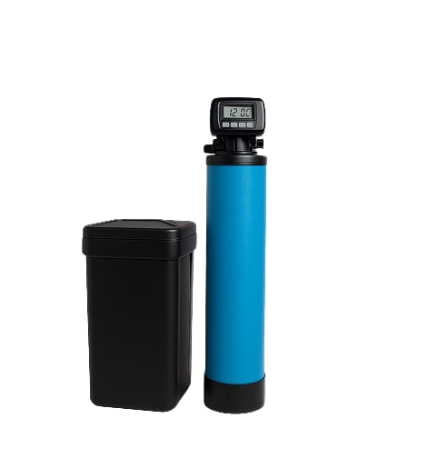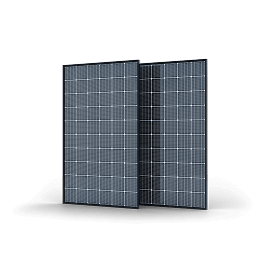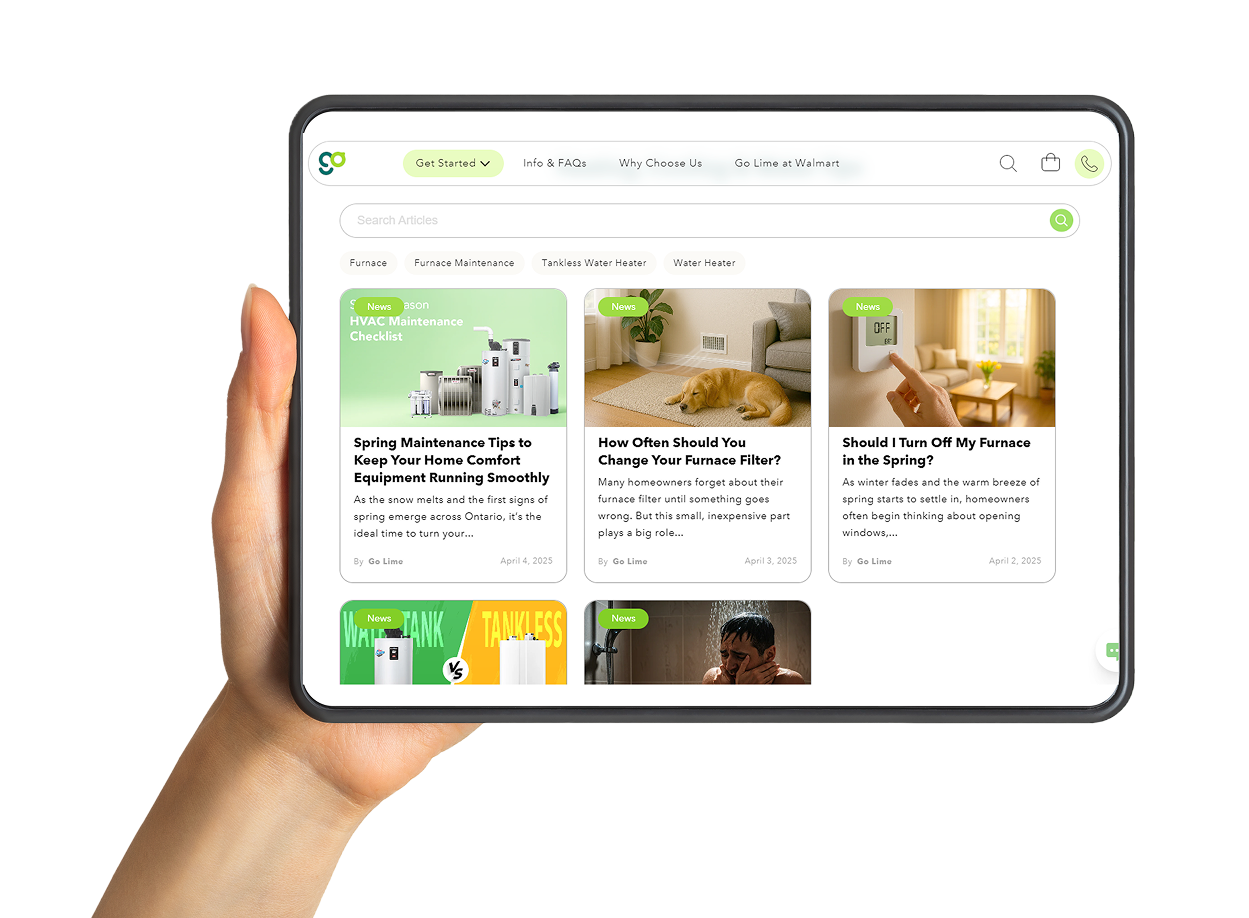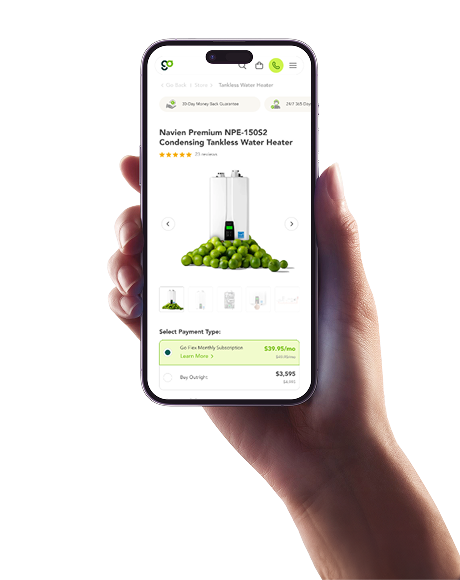Why Reverse Osmosis is the Better Choice for Clean Water

In many Ontario homes, pitcher-style filters or faucet attachments are the go-to solution for better tasting water. They’re inexpensive, easy to use, and make a quick difference in flavor by reducing chlorine. But here’s the truth: these filters don’t remove most of the harmful contaminants that may still be in your tap water.
That’s where a reverse osmosis (RO) system stands out. It doesn’t just make water taste better—it purifies it at a much deeper level, removing up to 99% of impurities. If you’ve been wondering whether a basic filter is enough, or if it’s worth upgrading to reverse osmosis, this guide covers everything you need to know.
How does a reverse osmosis system actually work?

The science behind RO is simple but powerful. Water is pushed through a semi-permeable membrane that only allows pure water molecules to pass through. Contaminants like lead, arsenic, fluoride, pesticides, and even microorganisms are left behind and flushed away.
Most systems use multiple stages: pre-filters to catch dirt and chlorine, the RO membrane to remove microscopic impurities, a storage tank to hold clean water, and a final polishing filter to ensure it tastes crisp and refreshing.
Where in my home would a reverse osmosis system be installed?
For most families, the RO system is installed under the kitchen sink. This gives you purified water directly at the tap, right where you need it most for drinking, cooking, coffee, or baby formula. Some setups can also be connected to the refrigerator water line so your ice and cold water benefit from the same purification. Installation is quick and discreet, with very little space required.
How is reverse osmosis different from regular water filtration?
This is one of the biggest questions homeowners have. A pitcher filter or faucet attachment uses activated carbon to reduce chlorine and improve taste. While that’s helpful, it leaves behind heavy metals, nitrates, fluoride, and bacteria.
Reverse osmosis goes much further. Its semi-permeable membrane works on a microscopic level to remove up to 99% of contaminants. The difference is that regular filters are designed mainly for taste, while RO is designed for true purification.
What are the benefits of drinking reverse osmosis water?
Once you switch to RO, the benefits are easy to notice. Your water tastes clean and fresh, without any odd flavors or odors. Meals and drinks you prepare with it - coffee, tea, soups also taste better because they’re free of chlorine and other additives.
There’s also peace of mind. You know your family is drinking water that’s been purified at a deeper level. And because you’re not buying bottled water anymore, you’ll save money while reducing plastic waste.
How long will a reverse osmosis system last in my home?
A well-maintained RO system can last 10 to 15 years or more. The key is keeping up with filter changes: pre-filters every 6–12 months, the main membrane every 2–3 years, and the polishing filter annually. Compared to replacing pitcher filters every couple of months, this schedule is simpler and more cost-effective in the long run.
Why should I choose Go Lime’s reverse osmosis filter?
Not all RO systems are built the same. Go Lime’s Reverse Osmosis Filter is designed specifically for Ontario’s water conditions, which means it’s built to handle the challenges in your local supply. It’s easy to maintain, long-lasting, and provides purified water right from your tap.
Whether you’re filling a glass, cooking for your family, or mixing baby formula, you’ll know your water is safe and clean.
Shop the Go Lime Reverse Osmosis Filter here and make the switch to water you can truly trust.

Final Thoughts
Pitcher filters are a step in the right direction, but they only scratch the surface. Reverse osmosis takes water purification to another level, giving you water that’s not just better tasting but safer for your family’s health.
With a Go Lime Reverse Osmosis Filter, you’ll enjoy cleaner water, greater peace of mind, and a solution that lasts for years.




